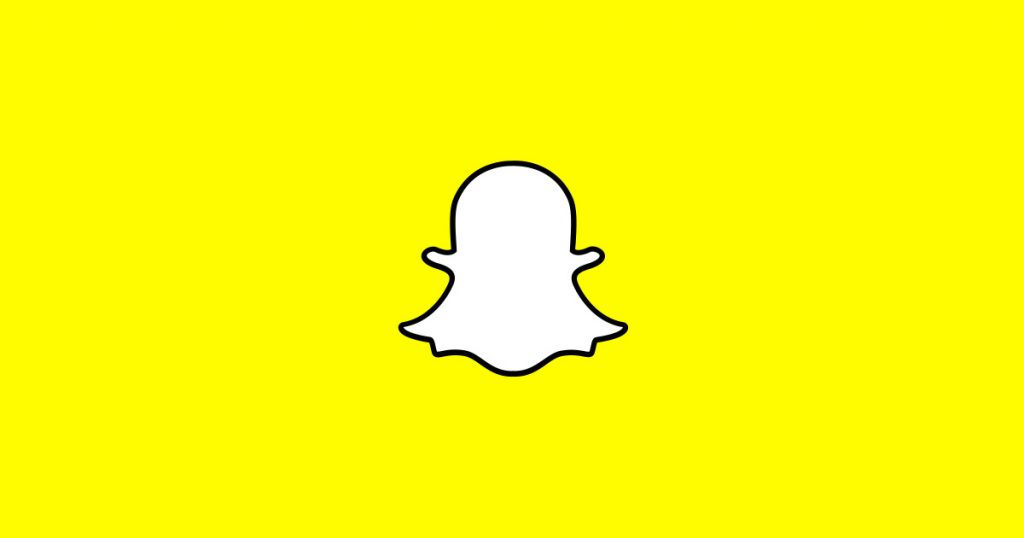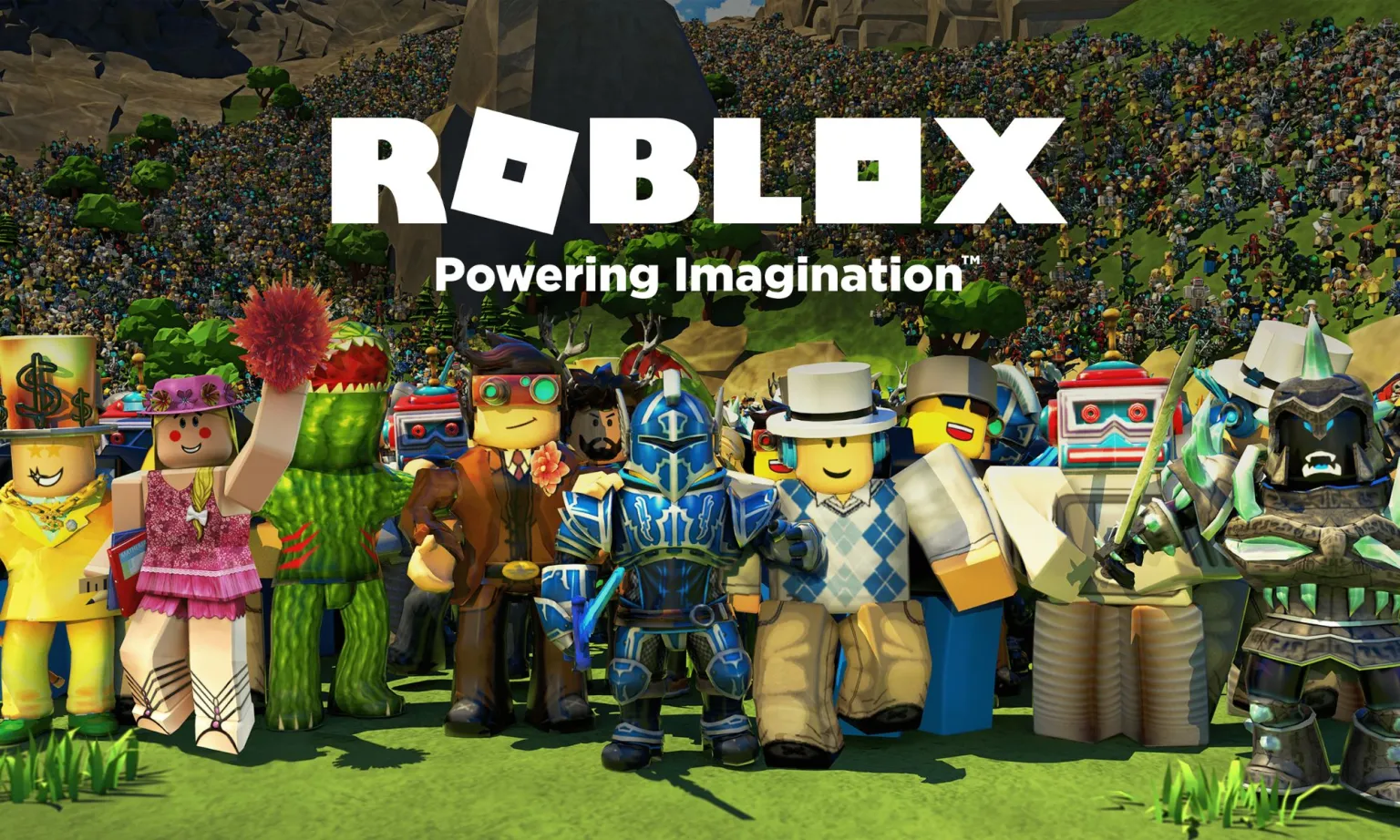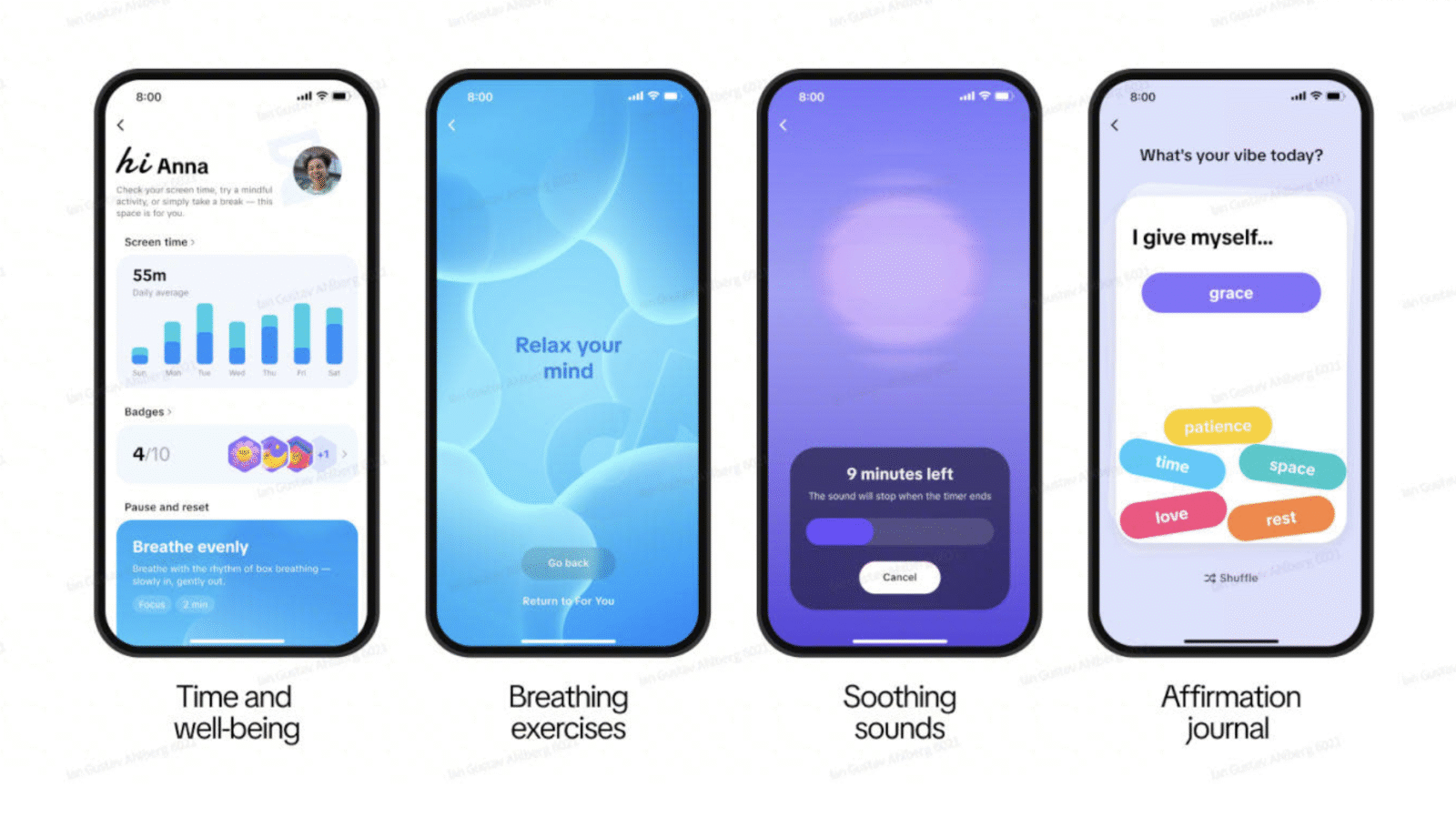TikTok is adding a new level of control to its recommendation system, allowing users to decide how much AI-generated content appears in their For You feed. The feature expands the app’s existing “Manage Topics” tool, which already lets people tune the frequency of categories like sports or food. Now, AI-generated content joins that list, giving users a way to either filter out or seek out more algorithmically produced videos without removing them from the platform entirely.
The timing reflects a broader shift in social media. As Meta and OpenAI experiment with AI-only feeds — Meta through its Vibes feature and OpenAI with Sora — AI-generated video has become far more common across TikTok, whether as direct entertainment or as a shortcut for creating visuals for posts about history, celebrity gossip, or news. TikTok’s new slider aims to provide a middle ground between those who enjoy this growing category and those who find it intrusive.
Accessing the control follows the same path as other topic preferences: users go to Settings, open Content Preferences, and select Manage Topics. From there, they can adjust a slider specifically for AI-generated content. TikTok says the rollout will reach users over the next few weeks.
Alongside this new preference setting, TikTok is testing an additional layer of labeling meant to improve how reliably it detects AI-generated media. The platform already requires creators to label realistic AI-produced content and uses C2PA Content Credentials, a cross-industry metadata standard, to identify media generated by AI systems. But metadata can be stripped or lost when videos are edited or reposted across platforms, making consistent labeling difficult.
The company’s new approach involves invisible watermarking — a system where TikTok embeds a marker into AI-generated content that only TikTok’s detection tools can read. This watermark will be added to videos created with TikTok’s own tools, such as AI Editor Pro, and to uploads that already contain C2PA credentials. TikTok will continue reading those credentials while layering on its own watermark to create redundancy. The goal is to make it harder for AI-generated media to circulate unlabeled, even after editing or reposting.
TikTok is also introducing a $2 million AI literacy fund to support organizations developing educational content around AI awareness and safety. Early partners include groups like Girls Who Code. It’s another sign that platforms are being pushed to support not just detection and labeling systems but also efforts to help users understand how AI-generated content is created, shared, and moderated.






